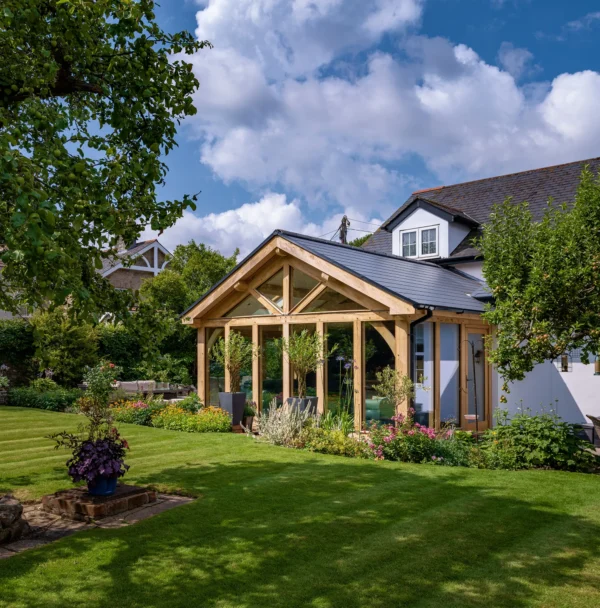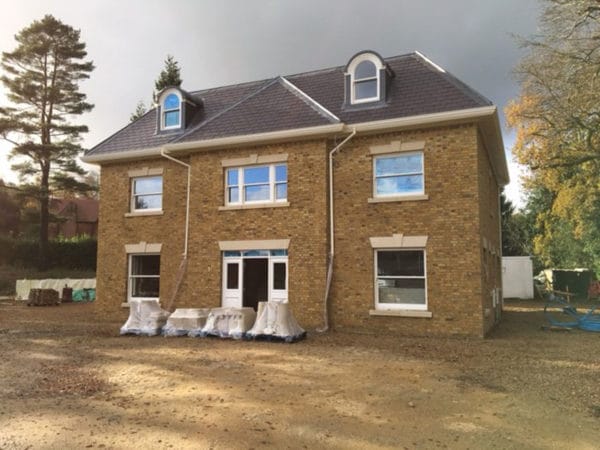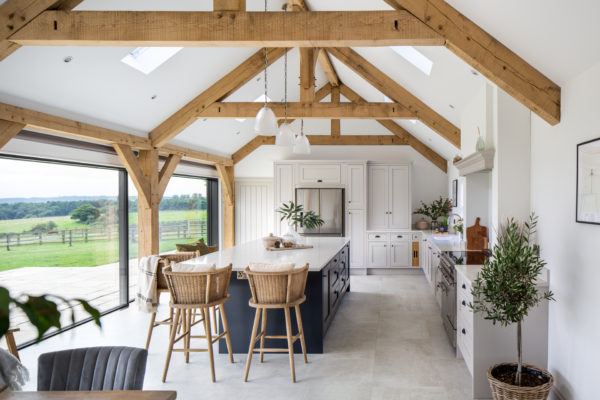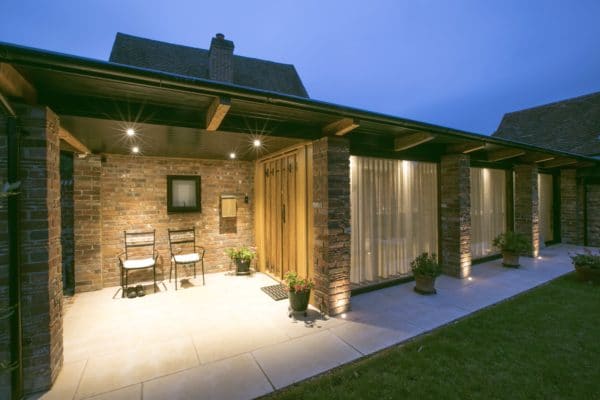The Government’s New Plans for Planning Permission in England
The Ministry of Housing, Communities and Local Government (MHCLG) has published a landmark white paper, Planning for the Future, which aims to slash red tape and revolutionise the planning system in England.
Among the headline items are proposals to designate three types of land for growth, renewal and protection – with outline planning automatically granted on land allocated for growth.
Learn more: Beginner’s Guide to Planning Permission
This would come alongside the implementation of design guides, developed by councils as part of new supercharged and democratic Local Plans, in order to enable fast-tracking of some applications.
Counties with highest approval rates for planning permissionNew research from comparethemarket.com reveals the locations, counties and regions in England that have the highest approval rates when applying for planning permission.
|
Promisingly, the white paper specifically calls for councils to identify growth areas for self and custom build homes, as well as confirming the self build exemption from the Community Infrastructure Levy.
Andrew Baddeley-Chappell, CEO of the National Custom & Self Build Association (NaCSBA), said: “For too long our planning system and housing market has been stuck in a rut. Consumer choice is the key to more and better homes that more people aspire to live in and that communities are happier to see built.
Changes to permitted developmentPD is the regime that allows you to make certain changes to an existing building without having to obtain formal planning permission. It covers smaller projects such as loft extensions, rear extensions, porches, outbuildings and – in recent times – the conversion of barns and offices into residential use. The recent changes in PD now give you the opportunity to add two full extra storeys to the top of an existing house (or one additional storey to a bungalow). Fast-tracking such projects will supercharge the conversion and extension sectors. Learn more: Understanding the Planning Changes for Extensions in England |
There is huge potential to be unlocked. With choice comes responsibility and local design codes will help ensure these cherished new homes are fitting additions to their surroundings. The message is clear: the choice that you expect with every other product is now coming to the housing market.”
































































































 Login/register to save Article for later
Login/register to save Article for later












